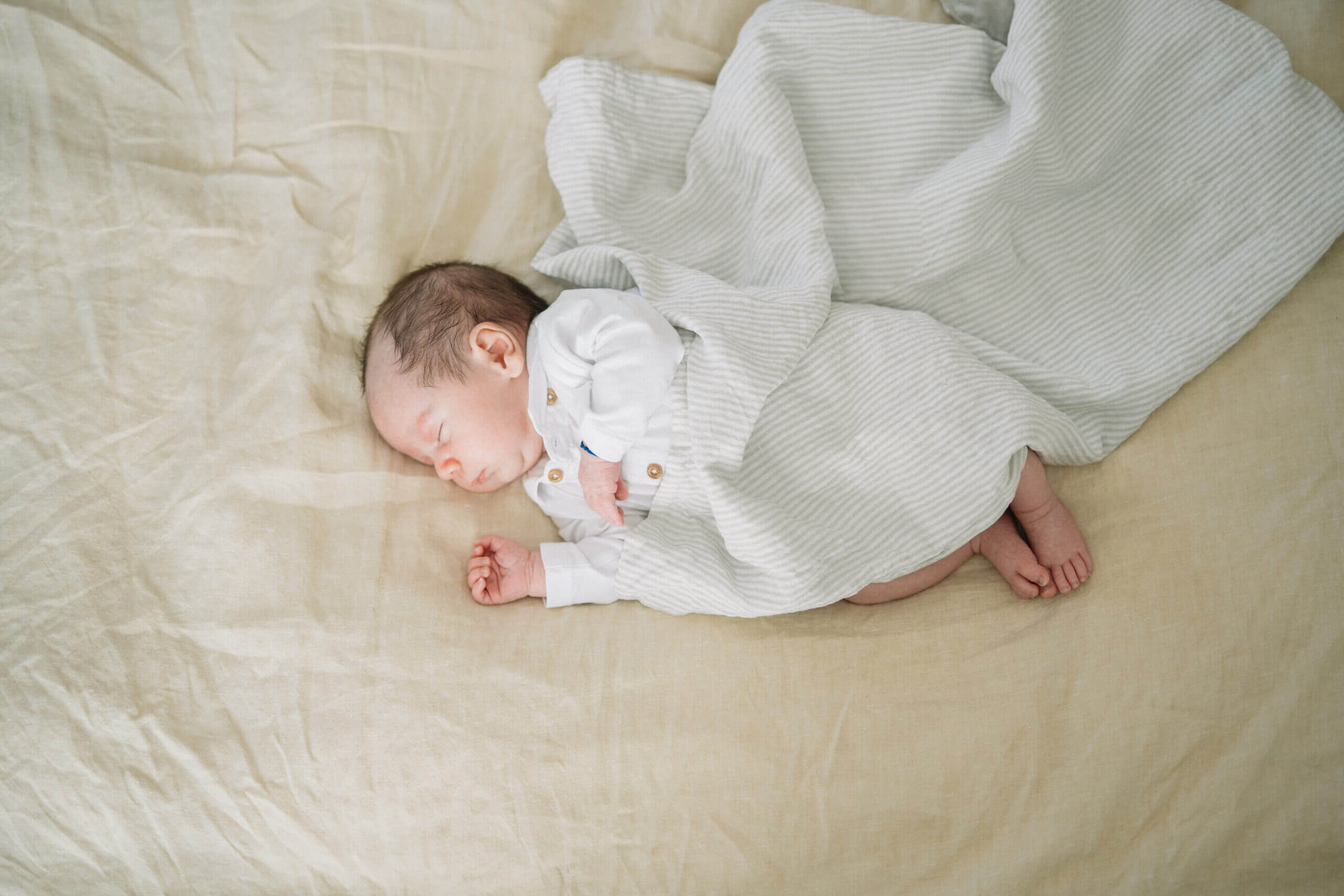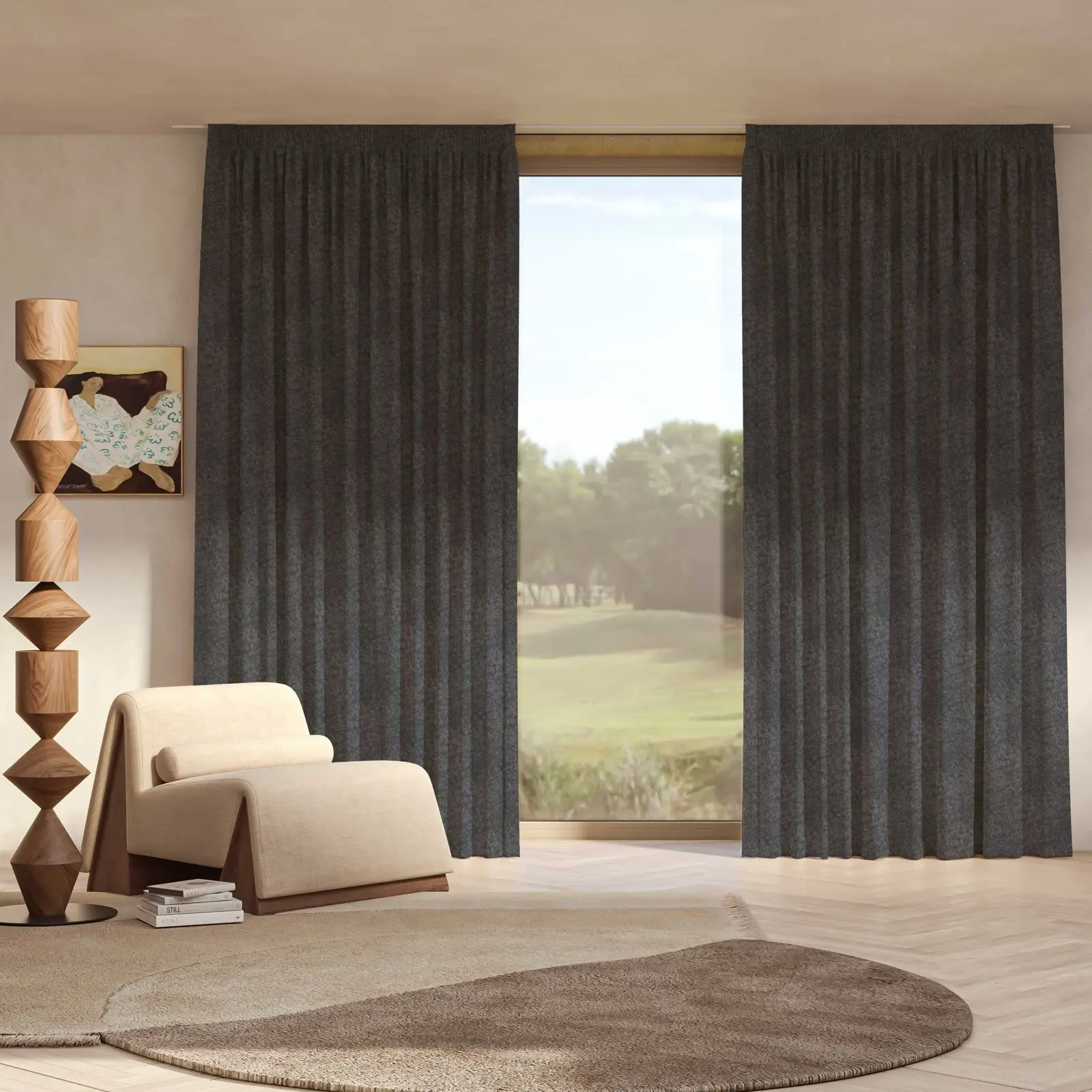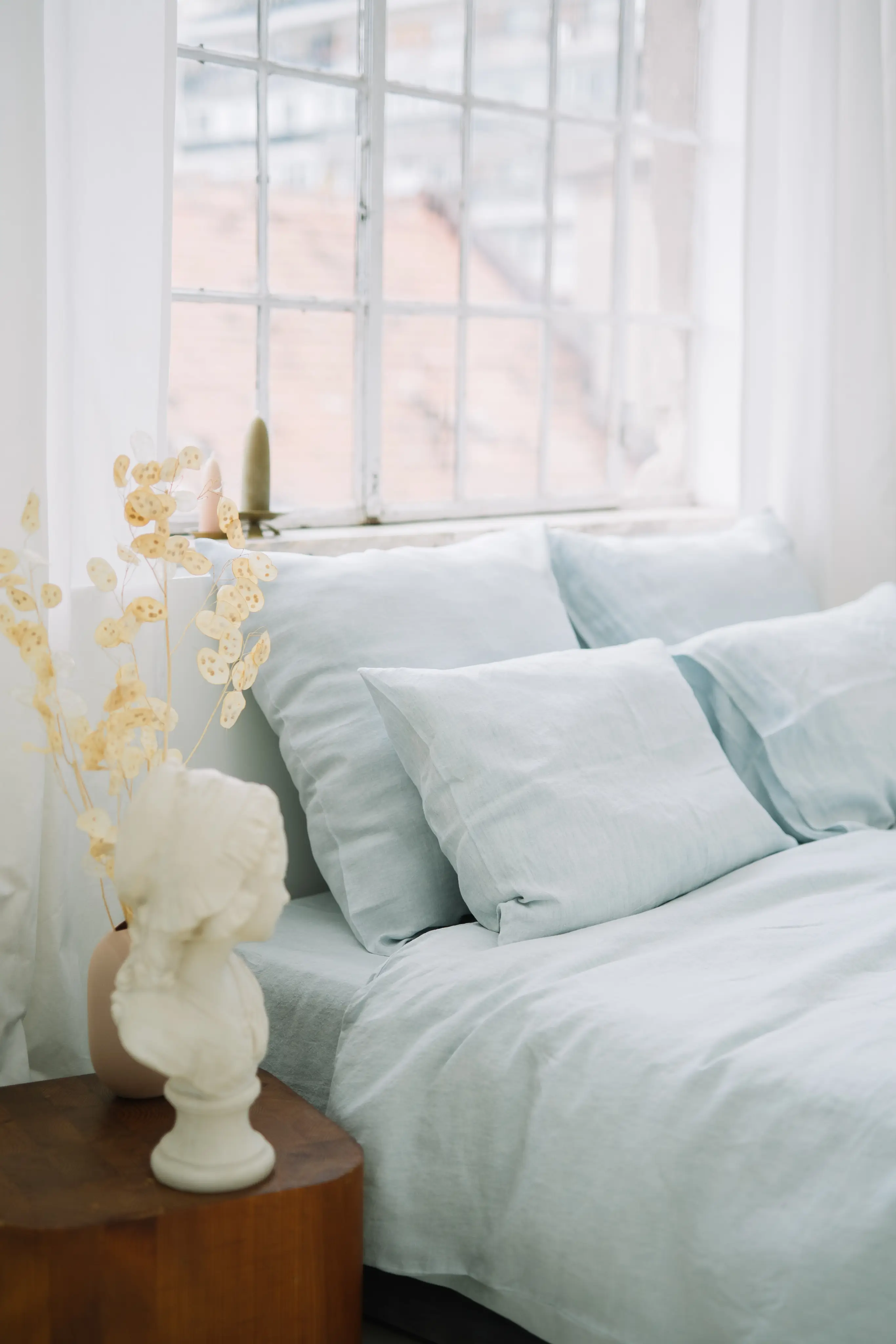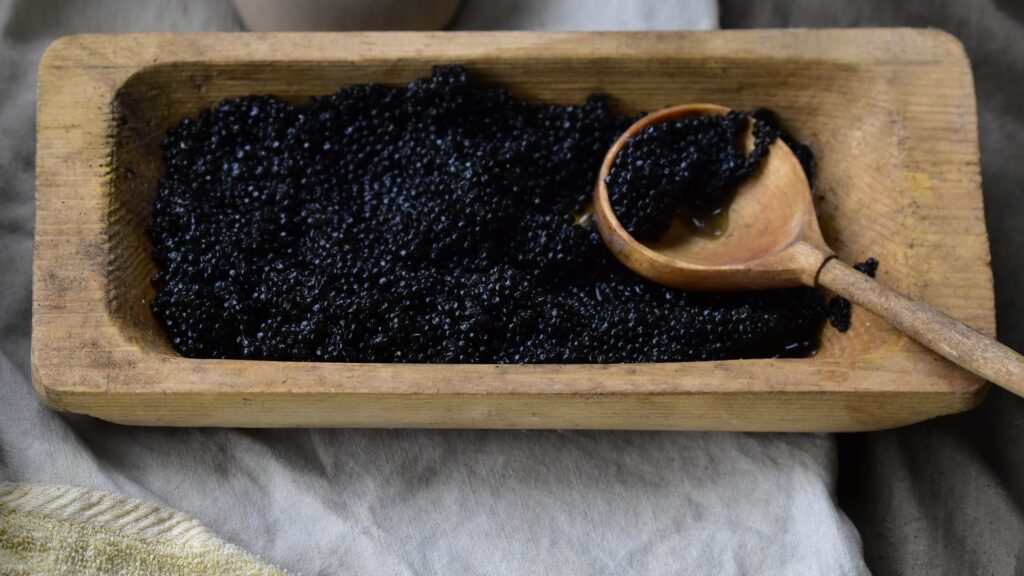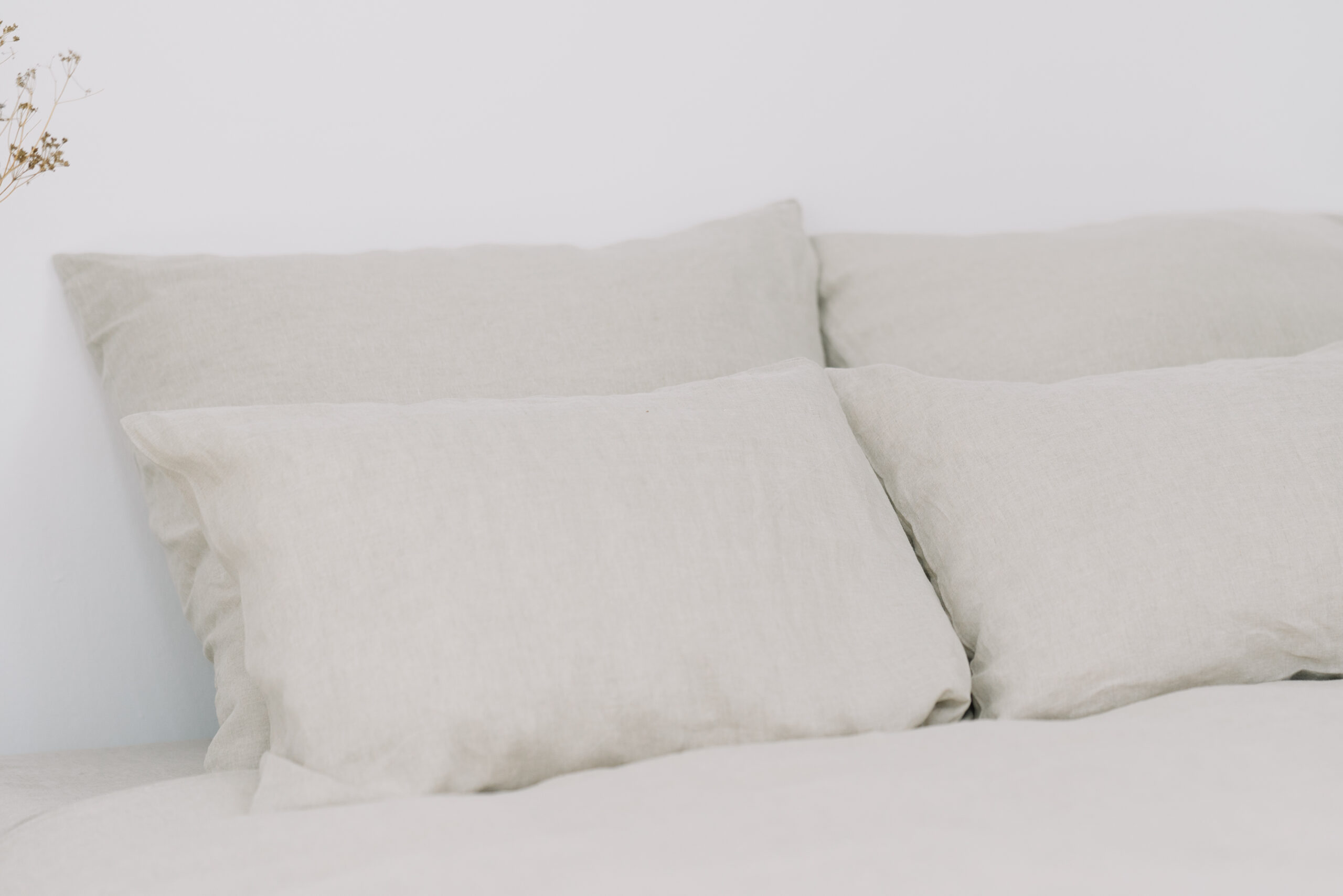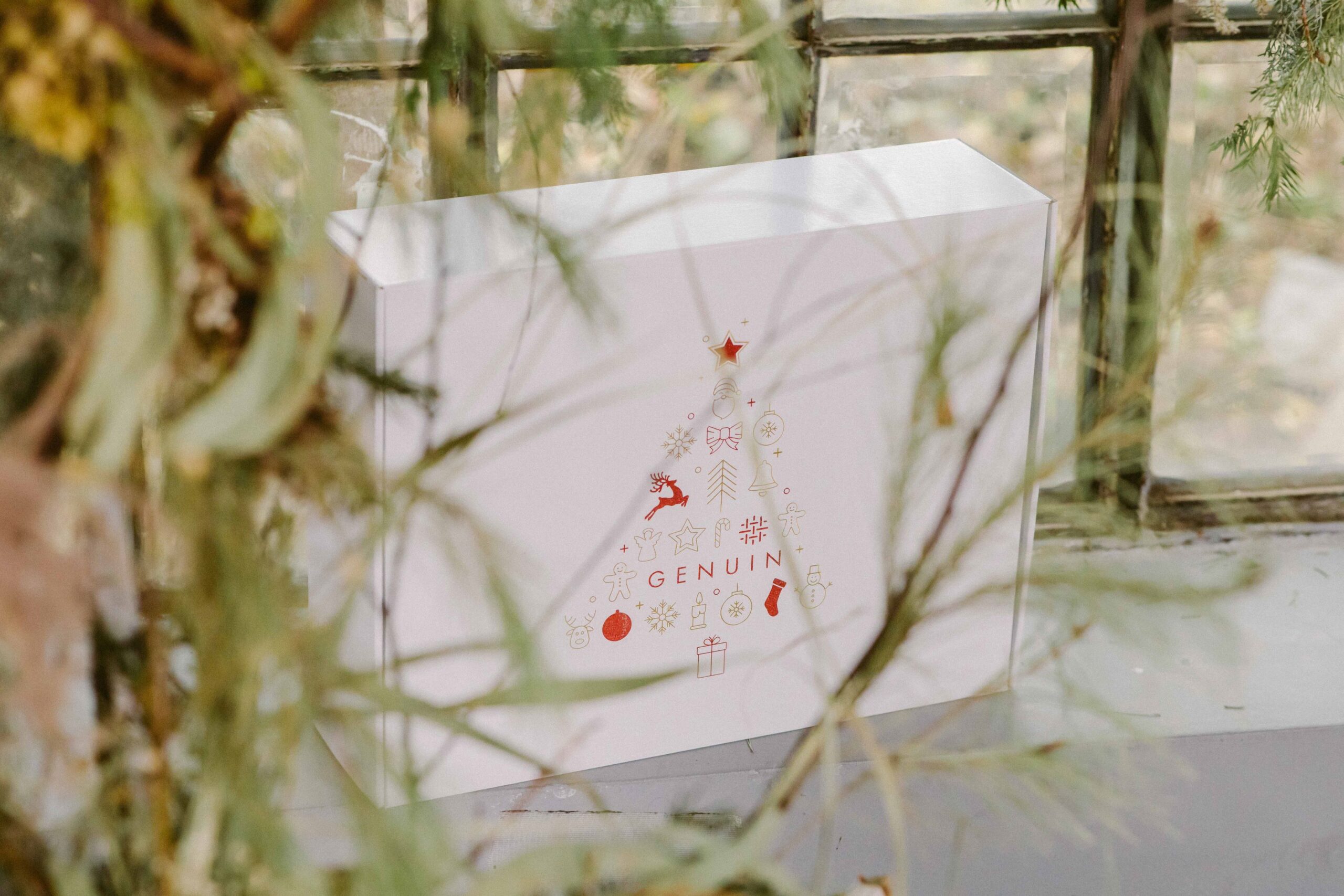Inul este adeseori asociat cu o calitate înaltă sau cu produse premium și are o istorie prețioasă. Romanii îl foloseau pentru togă, iar faraonii pentru tunici. Industria inului a început de altfel în Egipt, unde Regele Tutankamon iubea inul atât de mult, încât veșminte și perdele din in au fost puse cu el pentru lumea cealaltă, ele fiind găsite apoi în perfectă stare de către arheologi.
Chiar dacă acum câteva milenii, inul a fost folosit de aristocrați sau de faraoni, motivele pentru care el este valorizat diferit sunt altele.
În primul rând, inul este mai rar decât alte plante din care se produc textile. Asta se întâmplă pentru că procesul de plantare și recoltare este un pic mai complex, dar și pentru că fibra este mai inelastică, ceea ce produce pierderi în producție.
În al doilea rând, inul este crescut fără pesticide sau substanțe, ceea ce îl face printre cele mai sustenabile plante din lume.
Folosește ZERO litri de apă pentru irigare, pe când bumbacul folosește până la 7.000 litri de apă pentru un kg de produs și peste 15% din pesticidele la nivel mondial sunt folosite în producția de bumbac.
Tratarea inului pentru a obține atingerea moale este făcută prin mai multe tipuri de procedee, de la procedee mecanice, chimice, până la spălare cu piatră și cu bio-enzime. Pe site-ul nostru veți regăsi doar in spălat cu piatră sau cu bio-enzime.
Un alt motiv pentru prețului inului este dat și de aria limitată în care se produce (câteva țări din Europa), el reprezentând mai puțin de 1% din totalul de textile la nivel mondial.
Nu în ultimul rând, calitățile inului de durabilitate, cât și cele de păstrare a temperaturii, hipoalergenic și antistatic, precum și modul în care absoarbe și respiră, îl fac o plantă specială și una care știe să trateze pielea, așa cum se cuvine.

